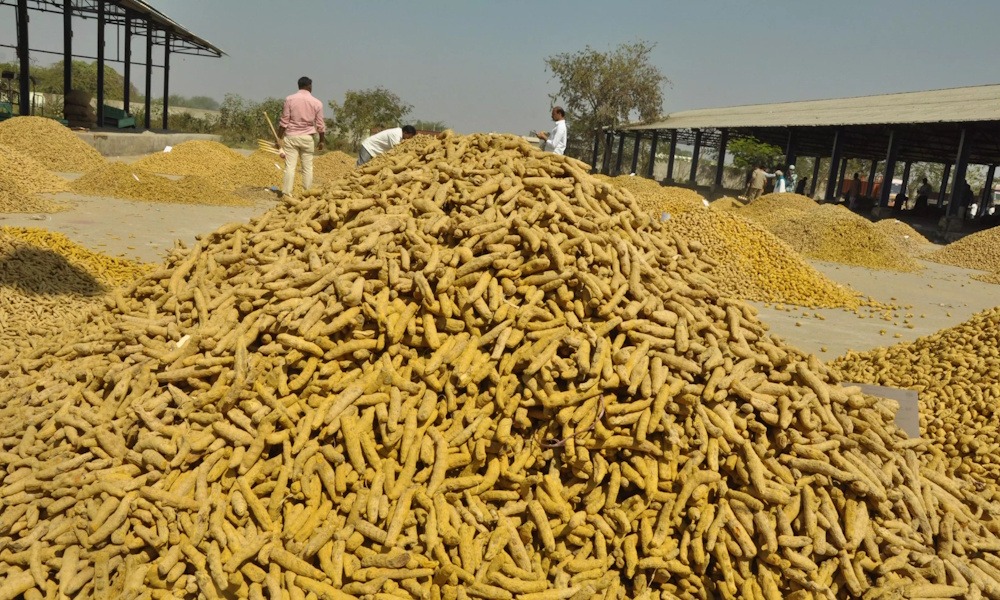
Turmeric concluded the day with an increase of 1.39% at Rs 14,620, bolstered by apprehensions regarding crop damage and restricted arrivals in key producing regions. Significant precipitation in Maharashtra, Andhra Pradesh, and Karnataka has negatively impacted agricultural yields, whereas elevated humidity levels in Erode have resulted in disease outbreaks, thereby complicating the preservation of crops.
Reports indicate that approximately 15% of the turmeric crop area has sustained damage due to recent rainfall. The inventory of stocks maintained by farmers in Warangal is nearing exhaustion, accompanied by scant new arrivals, which is exacerbating short-term supply constraints and bolstering price levels. Despite the prevailing firmness, the potential for upside remains constrained as acreage is anticipated to increase owing to favorable monsoon conditions and comparatively lower profitability in competing crops. Preliminary estimates suggest that turmeric acreage could rise by 15–20% this season, potentially reaching approximately 3.3 lakh hectares, up from 3 lakh hectares in the previous year.
Meanwhile, vigorous market activity persists at significant centers such as Duggirala, where new crop arrivals are attracting price premiums for higher quality. Daily trade volumes persist at robust levels of 1,000–1,200 bags, with approximately 50–55% of the new crop having been traded thus far. During the period from April to August 2025, turmeric exports increased by 3.31% year-on-year, totaling 80,156.56 tonnes, while exports in August experienced a rise of 7.27% compared to the same month in the previous year. In Nizamabad, spot prices increased by 0.69% to reach 14,370.3.
From a technical perspective, the market is experiencing short covering, evidenced by a 0.6% decline in open interest to 11,630, alongside a price increase of Rs 200. Support levels are identified at Rs 14,106 and Rs 13,590, whereas resistance is observed at Rs 14,942 and Rs 15,262.
